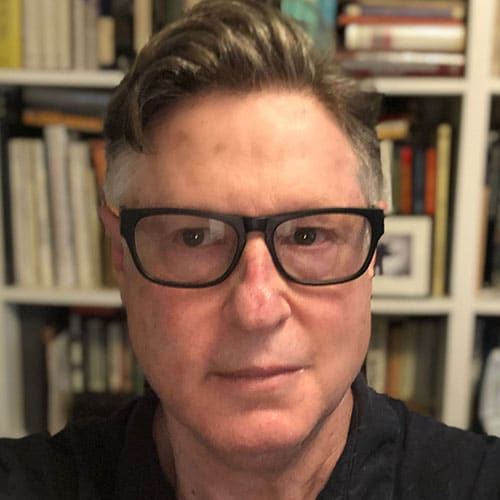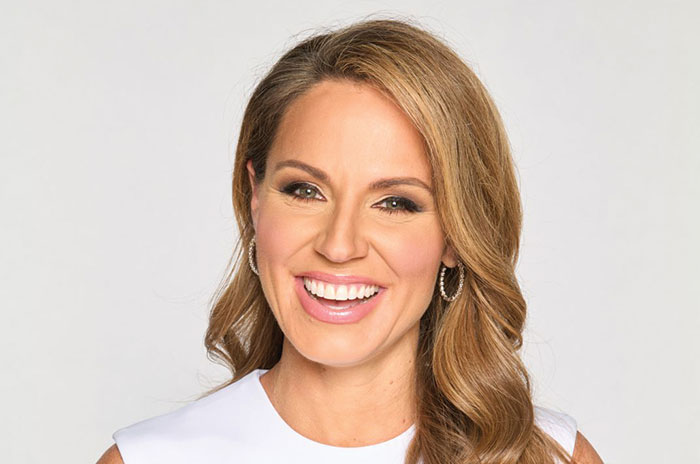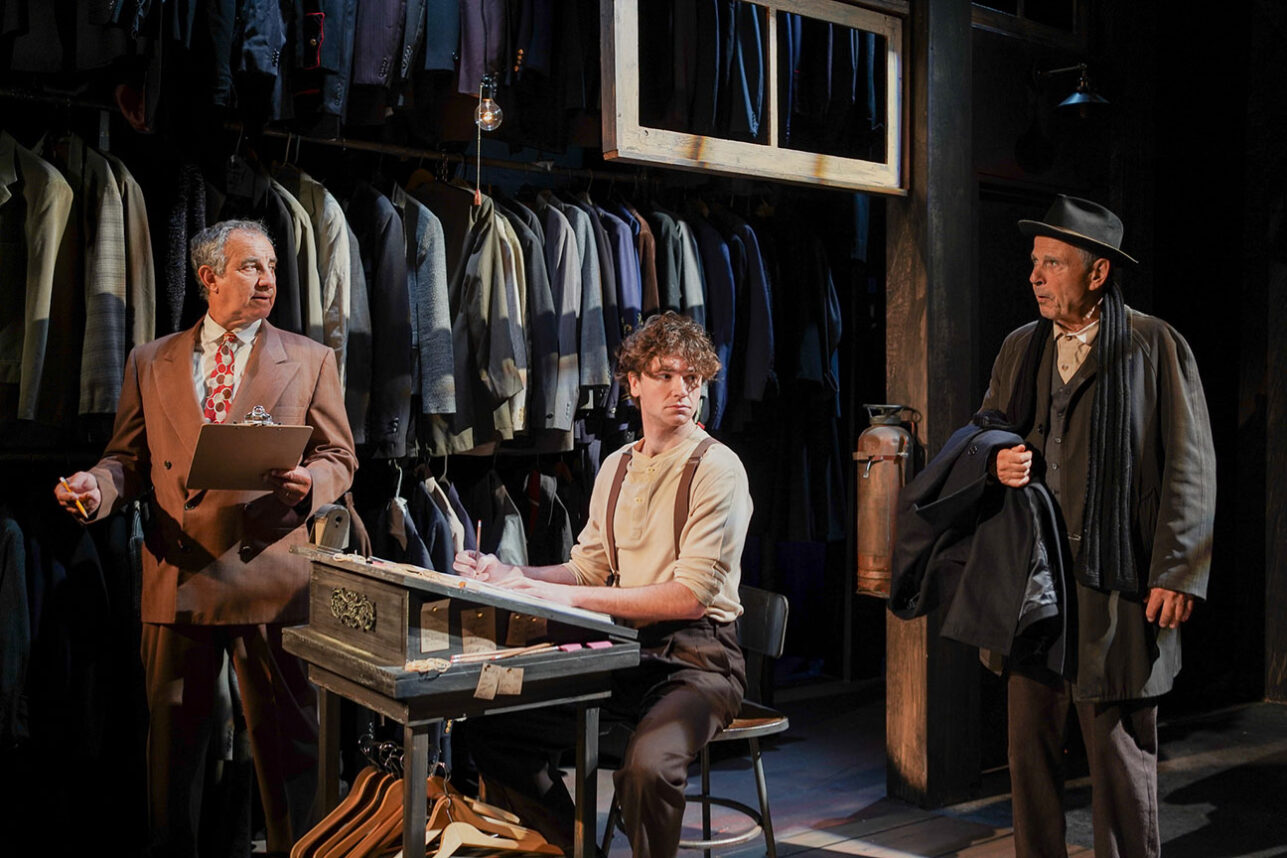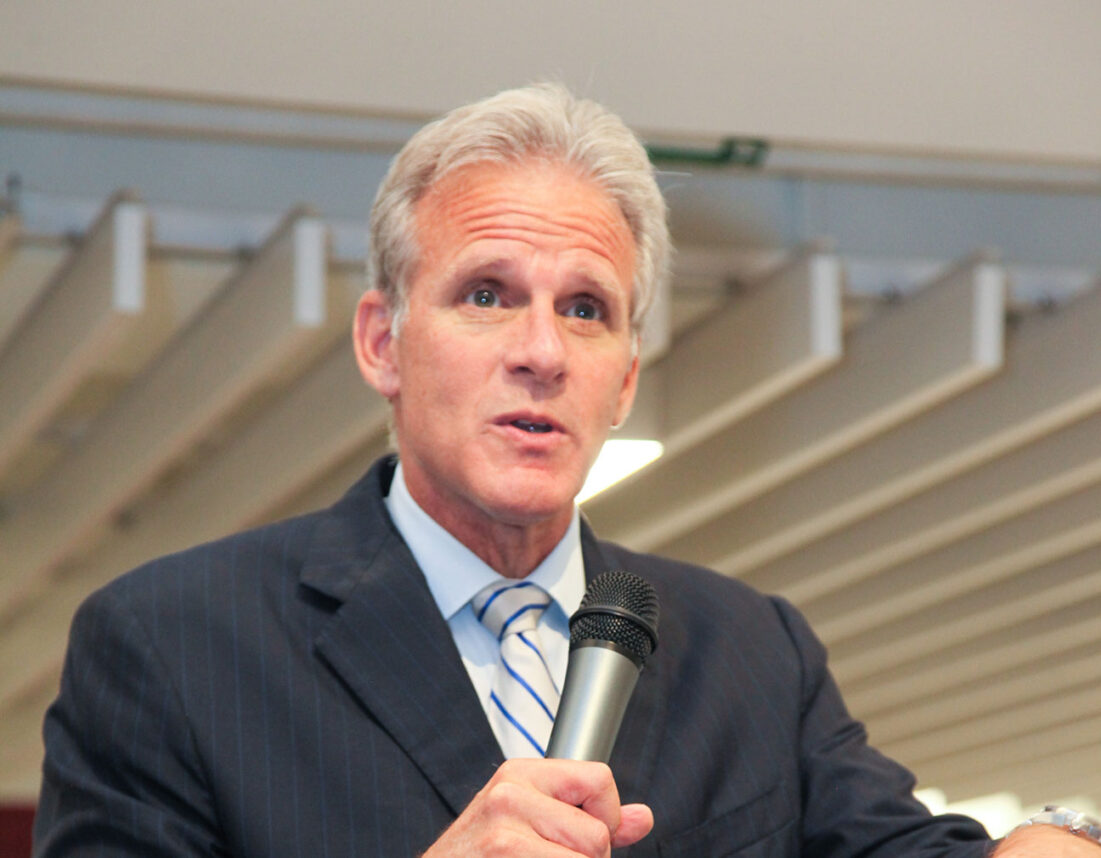A couple of weeks ago I found myself in a seminar room at UCLA’s Royce Hall attending a presentation by professor David Shneer of the University of Denver concerning Jewish museums in Los Angeles, a city he calls, “The Newest Jewish City in the World.”
As someone who has argued that Los Angeles is the premier Jewish city of the 21st century, I was eager to find academic support for my own theories.
Everyone thinks of New York as the most Jewish city (outside of Israel), and that may be true in terms of population and certain ethnic benchmarks, such as the quality of bagels, number of delis and access to good Chinese food.
However, historically, Jews in New York have been a vibrant minority who, for most of the 20th century, remained outsiders — only recently reaching the upper echelons of business, politics and society. Growing up in New York, the people I knew were Jewish, but I believed everyone else was not Jewish — until proven otherwise.
Similarly, it seemed that in order to rise in New York, you had to pass for WASP. Why else would anyone care about Ralph Lifschitz taking the name of Ralph Lauren (and/or snicker about it)? Why, even in this day and age, would Vanity Fair get mileage out of Tory Burch being Jewish?
Los Angeles is the opposite. Although it has its own history of prejudice and restricted clubs, Jews have been part of Los Angeles since its founding (there was a Jewish member of the first city council in 1850). Perhaps it is because Jewish immigrants founded the movie business, but in Los Angeles, I assume everyone is Jewish.
Los Angeles is also the greatest Hispanic city in the United States … and the greatest African American city … and the greatest Asian city — that is part of what makes Los Angeles great, that each person can call the story of Los Angeles his own. However, my experience in Los Angeles is that if you take the most non-Jewish person you know, regardless of race, religion or ethnic origin, inevitably you will run into them at a bar mitzvah only to discover that their spouse, stepparent, grandparent, grandchild or nephew is Jewish, or that they are converting. It’s uncanny. Perhaps it is no accident that the Kabbalah Centre chose Los Angeles as its headquarters and launching pad. Madonna as Esther, Demi wearing her red string, Britney wearing her Jewish star — it’s very Los Angeles, no?
But let’s return to the more academic approach.
L.A. native Shneer, whose presentation was based on his book “New Jews” co-authored with Caryn Aviv (New York University Press), made the case that historically, mass emigrations of Jews have occurred due to politics or persecution — consider the Babylonian exile, the expulsion from Spain following the Inquisition, as well as the wave of immigration at the end of 19th century that brought Russian and Eastern European Jews to the United States and South America. This also applies to the flight of Soviet Jews between 1989 and 1991.
By contrast, less studied but equally notable, Shneer argued, were the post-World War II patterns of migration that have led so many Jews to choose to live in Los Angeles. “L.A. is deeply studied among American historians, but little studied among Jewish historians.” Shneer said.
Shneer noted that in 1900 the five largest Jewish population centers were New York (500,000), Warsaw (220,000), Chicago (220,000), Budapest (200,000) and Vienna (200,000). In 2000, the top five were: Tel Aviv (2.5 Million), New York (1.9 million), Haifa (655,000), Los Angeles (621,000), and Jerusalem (570,000). Hence the title “Newest Jewish City in the World.”
Statistics from the City of Los Angeles reveal that Jewish population jumped from 65,000 in 1930 to 315,000 in 1950 to 565,000 in 2000, at times accounting for 18 percent of the population. (This just refers to the City of Los Angeles, and doesn’t include those independently incorporated cities with substantial Jewish populations such as Beverly Hills, West Hollywood or Santa Monica, as well as the Valley communities.) For the purpose of the survey, “Jewish” was self-identified — so if you said you were Jewish, they took you at your word.
Perhaps we should call Los Angeles “The Chosen City.”
Shneer’s thesis is that once upon a time synagogues revealed Jews’ communal identity, but today for most American Jews, it is through their Jewish museums that they present their identities to the world and themselves. Shneer believes this is particularly true in Los Angeles, as evidenced by the Museum of Tolerance and the Skirball Cultural Center, each of which reveals different attitudes about being Jewish and about the relationship of Jews to the outside world.
The Simon Wiesenthal Center’s Museum of Tolerance — Beit Hashoah (its full name) — was founded by Orthodox Jews, is closed on Saturdays, is located near the Pico-Robertson neighborhood and houses a yeshiva on its grounds. Given its pedigree and its focus, as found on its Web site, to “confront the dynamic of intolerance that is still embedded in society today,” you might think that the content of the museum and its attendees would be overwhelmingly Jewish. Yet the museum exhibitions appear geared to non-Jews, focusing on tolerance and civil rights, and most days bring in a constant stream of inner-city school visits. Shneer argues that the museum’s message of tolerance can be interpreted as a manifestation of a contemporary Orthodox attitude: i.e., because we are different, we need to live in a tolerant society.
By contrast, there’s the Skirball, which was founded by Reform Jews and is located near Mulholland Drive and the 405, between the assimilated Jewish enclaves of Brentwood and Encino. Open on Saturdays, the center promotes itself as a place to celebrate the connection between Jewish heritage and American democracy. Shneer argues that the Skirball presents a Reform point of view: “of acculturation without assimilation.” The message is that we are all Americans, yet — in contrast to the Museum of Tolerance — its visitors and the focus of its exhibits are overwhelmingly Jewish.
“Despite its marketing efforts to position itself as a place for everyone,” Shneer has written, “the museum is obviously Jewish.”
Both of these institutions, in their own way, are temples to Jewish life in Los Angeles.
In the great tradition of two Jews, three opinions, it should come as no surprise that Shneer’s seminar had its share of dissenters. David N. Myers, director of UCLA’s Center for Jewish Studies, for one, suggested that Shneer’s distinctions were simplistic and that the two institutions could just as easily be seen as presenting two differing narratives of the Jewish experience, one lachrymose (the Museum of Tolerance), the other triumphalist (The Skirball).
At the same time, Tal Gozani, the Skirball’s associate curator, noted that the Skirball has evolved since Shneer’s research concluded in 2003. She also pointed out that the Skirball’s permanent and temporary art exhibitions are but one facet of an institution that offers music, dance, film and spoken-word performances. In July, the Skirball will open an ambitious “Noah’s Ark” family gallery, Gozani said, which will engage children in many subjects, including zoology and the environment, but which, save its name, will offer up no specific Jewish religious references from the Torah.
Shneer responded that both Myers and Gozani’s comments on the respective institutions were, in fact, completely in keeping with their origins — a view of Jewish history as a litany of persecutions is congruent with an Orthodox interpretation, while treating Noah’s Ark as a “flood narrative with counterparts in many cultures” sounded like a Reform approach.
For my part, I saw in Shneer’s comments a greater truth and a greater challenge than even he acknowledged.
Los Angeles is not only a city where Jews present their identity through Jewish museums; it is also a place where Jews have had an unparalleled role in shaping the cultural identity of the city. Jews here have been instrumental in establishing the majority of the city’s art museums, including a significant number serving as trustees and professional leaders at the Los Angeles County Museum of Art, the Norton Simon Museum, the Museum of Contemporary Art (MOCA) and UCLA’s Hammer Museum. Jews have also played a role at The Getty Trust under the stewardship of Harold Williams and Barry Munitz. Add to that Eli Broad’s role in the construction of Walt Disney Concert Hall, and as a founding trustee at MOCA, as well as the donor of $50 million to build the Broad Contemporary Art Museum, still under construction at LACMA, and a remarkable portrait of the “Newest Jewish City” emerges.
Still, I was struck by Shneer’s remark that “synagogues used to be the places in which Jews constituted their communal Jewish identities.”
He’s right, of course. It used to be that if you were a big shot, you gave to the synagogue.
“If I were a rich man,” sang Tevye, I would “have a seat by the eastern wall.” Which led me to think: Why does each Jewish billionaire need his own museum? When being Jewish is part of the culture, what if culture (and the cultured) returned the favor?
Why can’t Jewish synagogues also be showcases for culture?
Imagine, for a moment if you will, if Broad, who is reportedly going to help underwrite a multi-multimillion dollar Jeff Koons sculpture of a life-size functioning steam train engine that would hang from a crane in front of the entrance to LACMA, were to give $50 million to the renovation and restoration of the Wilshire Boulevard Temple (which I have been told has the second-best acoustics in Los Angeles, after Disney Hall).
How many temples could be restored, how many liturgical, musical and cultural programs could be funded by David Geffen, Mike Ovitz, Marcia Weisman and the host of other big museum donors and creators.
Audrey Wilder just gave $5 million to create the Billy Wilder Theater at the Hammer Museum; what if, instead, that theater was just down the road at Sinai Temple? More recently, Sheldon Adelson, of the Las Vegas-based Sands corporation, pledged $25 million a year for the next several years to support the Birthright program sending youths to Israel, and, in December, rumors were flying that he was planning to give as much as $200 million annually to support Israel and foster Jewish culture. He denied the rumors, and no such announcement has been made — but, as is often the case in Hollywood, I believe the rumors will, in time, prove true. If they do, will any of these dollars go to support Jewish culture at American synagogues? (And equally important will any of it go to supporting Tommywood? Not completely on point — but I couldn’t resist.)
In Los Angeles, “the Newest Jewish City,” Jews are shaping the culture, and their Jewish museums are shaping our notions of Judaism in American culture. Can Jewish culture also play a role in revitalizing our temples?
To quote Lerner and Loewe (whom you may assume were Jewish): “Wouldn’t it be loverly?”
Tom Teicholz is a film producer in Los Angeles. Everywhere else, he’s an author and journalist who has written for The New York Times Sunday Magazine, Interview and The Forward. His column appears every other week.






















 More news and opinions than at a Shabbat dinner, right in your inbox.
More news and opinions than at a Shabbat dinner, right in your inbox.